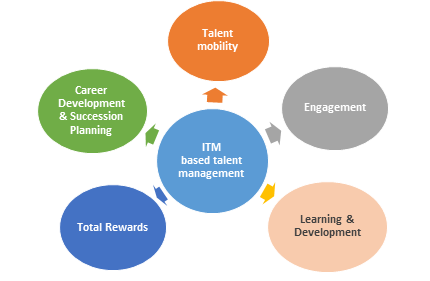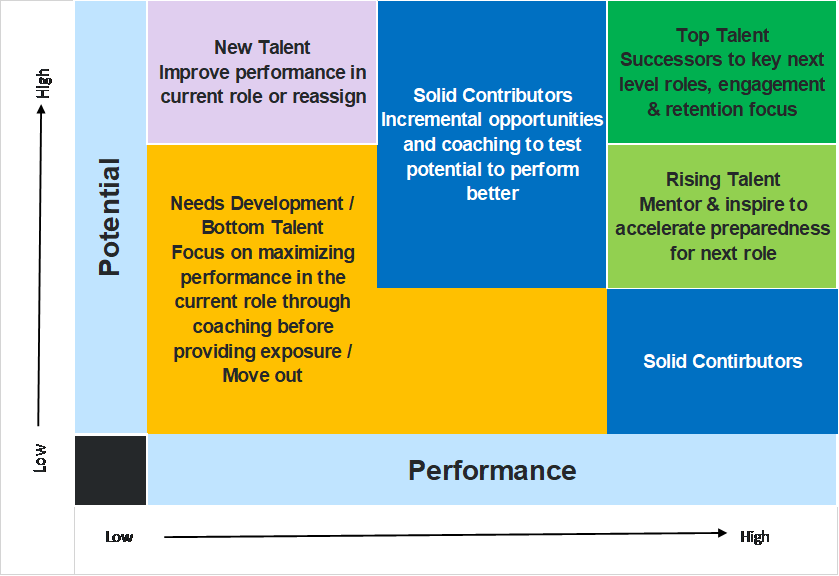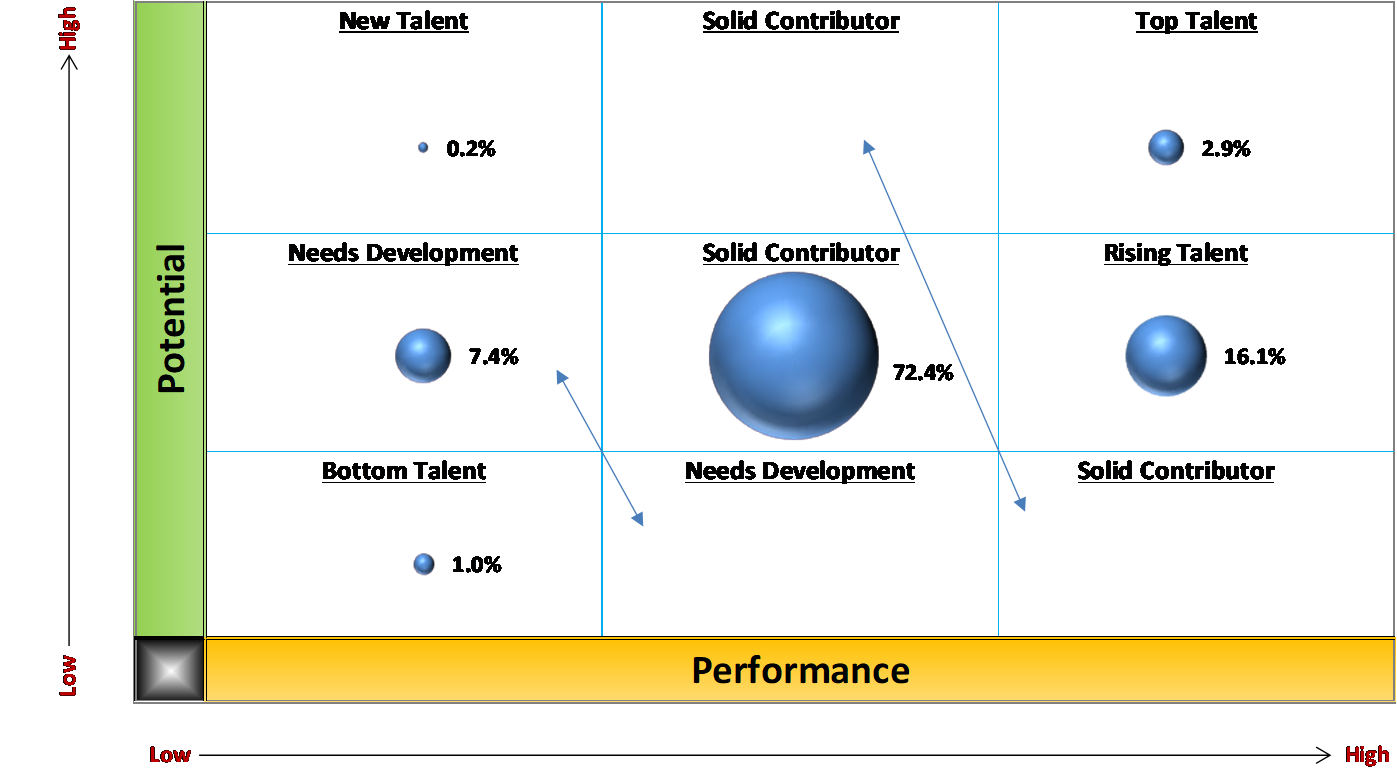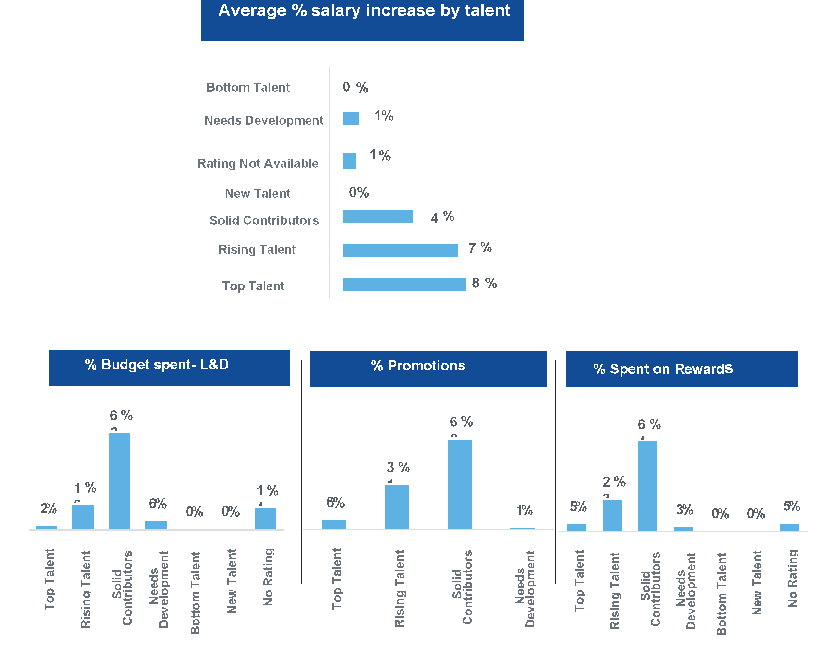Integrated talent management - Unisys' case study

Integrated talent management is a strategic approach to capitalize talent effectively while managing cost optimally. It brings together all talent management practices in a compact framework that helps organization to have a holistic yet focused talent strategy that can address a business’ current and future need.
Surveys by well-known consulting organizations like Deloitte underscore the importance of this.

Integrated talent management approach helps understand the kind of talent available in a global organization, connects all talent practices to the central strategy and helps leaders understand the kind of investments made/can be made for optimum utilization of resources to meet current and future business objectives.
Managing cost and investing in talent optimally is a key challenge in any business. The problem gets compounded in the IT business where substantial cost element is people related. Any business leader grapples with the issue of keeping the costs under control while having a motivated and productive workforce. Pertinent questions that arise in this context include:
- How do I ensure that I spend the limited budget that I have for the right purpose on the right people?
- Can I get a holistic view of the kind of talent (performance and potential) I have across the organization and the investment leaders make in the right talent?
- Can I have an effective talent management strategy with a built-in cost efficiency?
ITM – The tool to address the challenge:
An Integrated talent management framework (ITM) was built in Unisys to address the above questions of the leaders.
The ITM framework is central to our talent management and helps in categorizing talent using their past performance and future potential.
Performance is the past record on achieving their set goals and objectives. Potential is the ability to do a specific future job. Talent is mapped in a framework, basis their consistent (2 years) past performance and future potential assessed by their leaders’ basis individual’s ability, aspiration and engagement through a questionnaire.
Hence the Talent Mapping = function of (2 years Performance + Potential).
The six box ITM framework maps and categorizes every talent in the organization as Top, Rising, Solid, New, Needs development and Bottom talent.

Every other talent management process gets linked to the outcome of this framework. To name a few:
- Salary budget and percentage increase to every associate is split on the basis of the talent category. It helps set the culture of pay for performance.
- All development actions on associates, based on the current and future need of the business is also based on the framework. As an example, if the organization wants to identify a set of individuals to make them future ready in a skill like AI/Blockchain etc., this framework helps them identify the talent category on which that investment should be done.
- Promotional guidelines are formed basis the talent category an individual belongs so that there is fairness across the organization through a systemic framework. Helps drive the right culture in a large sized corporation
Overall, this framework helps leaders allocate the right budget and time to the right talent.
Below is a sample dashboard that is created to give a visual view of the percentage of people in every talent category across the business unit/overall organization:

Below is a sample dashboard that helps us understand how a budget was spent on a sample size population with the parameters of salary increase, learning and development, promotions and rewards.

While the above is one dimension of the usage of the framework, the dashboard can show various slices and dices of data by talent category eg. percentage within a category, average salary percentage by talent category, by business unit, etc.
The key to any talent mangement framework is to help leaders address and prioritize their talent’s needs, integrate all talent practices and orient them towards the organization’s final objective in a systemic way, to be sucessful in the current and future business scenario.











